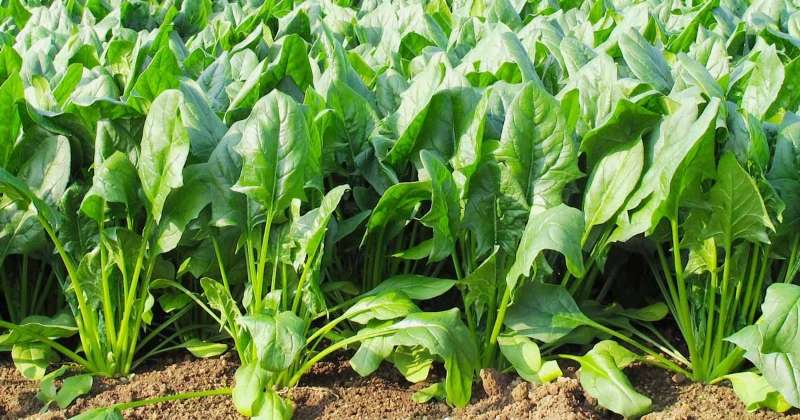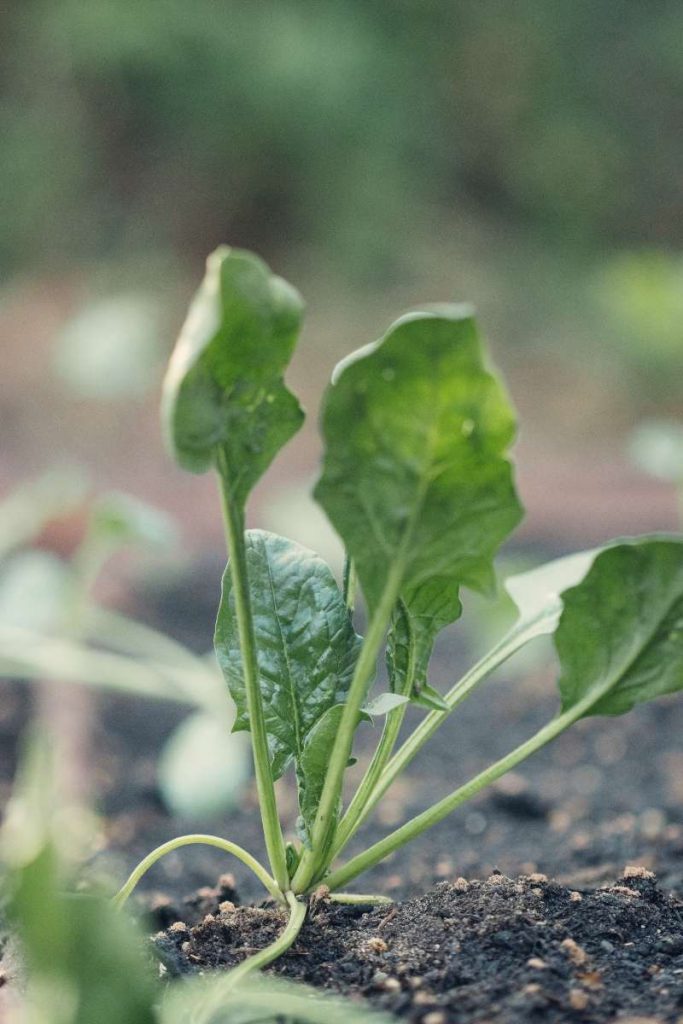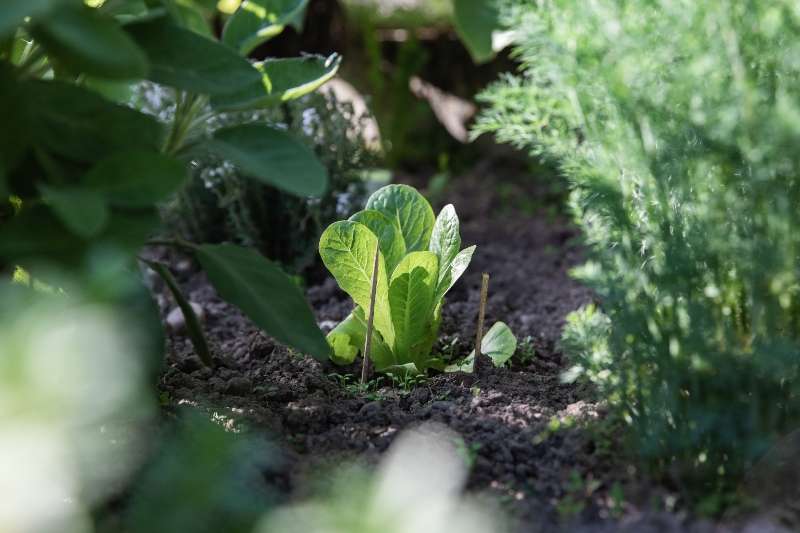Spinach has always been considered as a superfood: It is incredibly nutritious and easy to make. And if that weren’t enough, the leafy green is now capable of sending emails warning humans about climate change and explosive materials.
According to a study published in Nature Materials, engineers at MIT have developed a method to transform spinach into sensors that are capable of detecting explosive materials.

When the roots of the plant detect compounds found in explosives in groundwater, carbon nanotubes within the plant leaves send a signal to an infrared camera. That camera then sends an email alert to scientists monitoring the area.
According to Euronews, the technology researchers used is known as “plant nanobionics.” What does it mean? Basically, it is defined as “the process of giving plants new abilities.”

Professor Michael Strano, who led the research, told the outlet that plants “are very good analytical chemists” and said the experiment was a “novel demonstration of how we have overcome the plant/human communication barrier.”
He said that the process could also be used to warn scientists about pollution and environmental changes since plants are constantly absorbing a “vast amount of data” from their surroundings.

“Plants are very environmentally responsive. They know that there is going to be a drought long before we do. They can detect small changes in the properties of soil and water potential. If we tap into those chemical signaling pathways, there is a wealth of information to access.”
He said that plants are uniquely qualified to detect microscopic changes in the soil, explaining, “They have an extensive root network in the soil, are constantly sampling groundwater, and have a way to self-power the transport of that water up into the leaves.”
Isn’t it amazing? What are your thoughts?
Related Articles:
These Ice Bubbles At The Surface Of Lake Nukabira, Japan Are Simply Magical
Dutch Designer Uses “Light Recipes” To Inspire Sustainable Plant Growth



